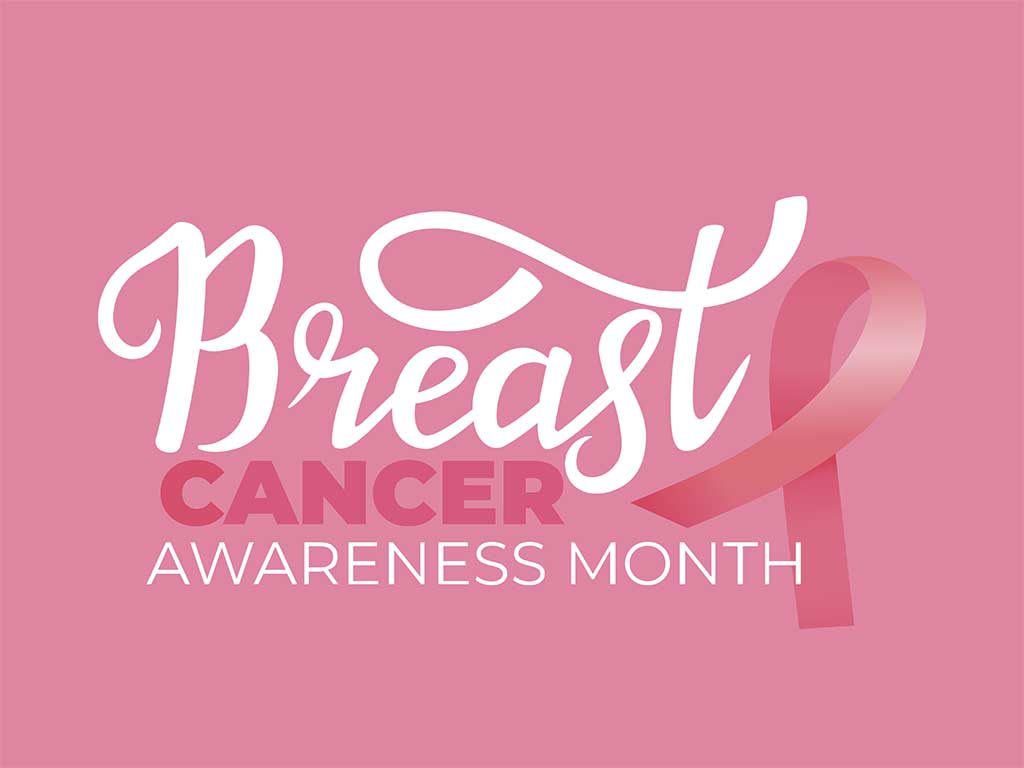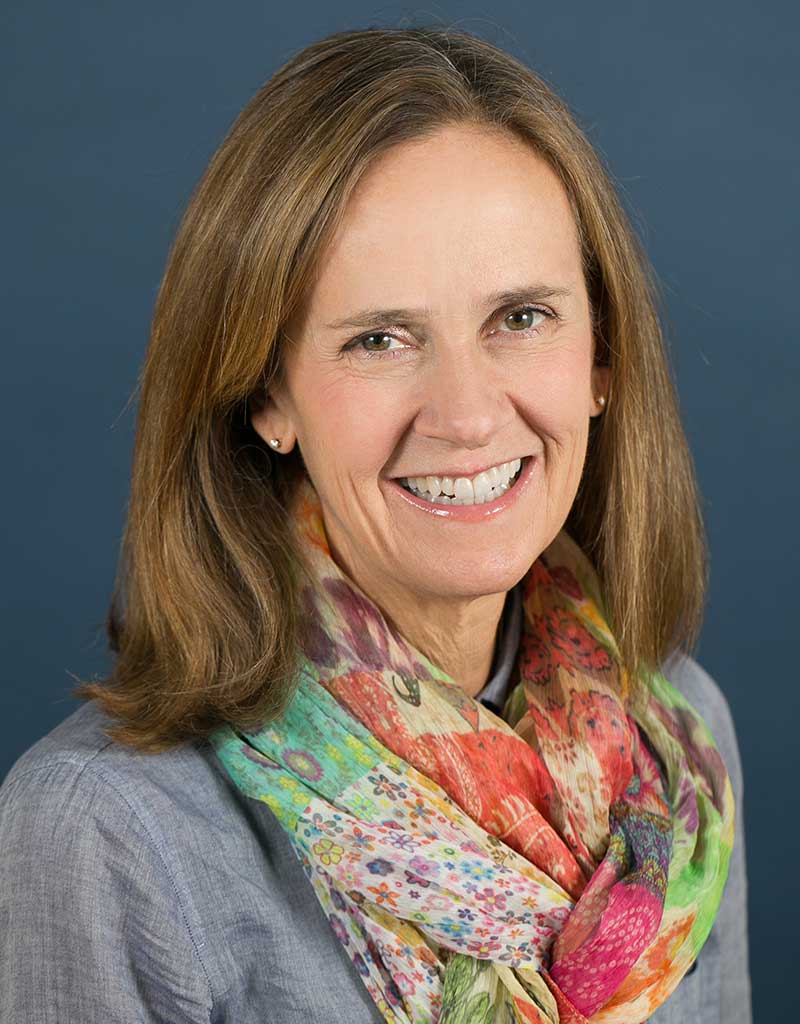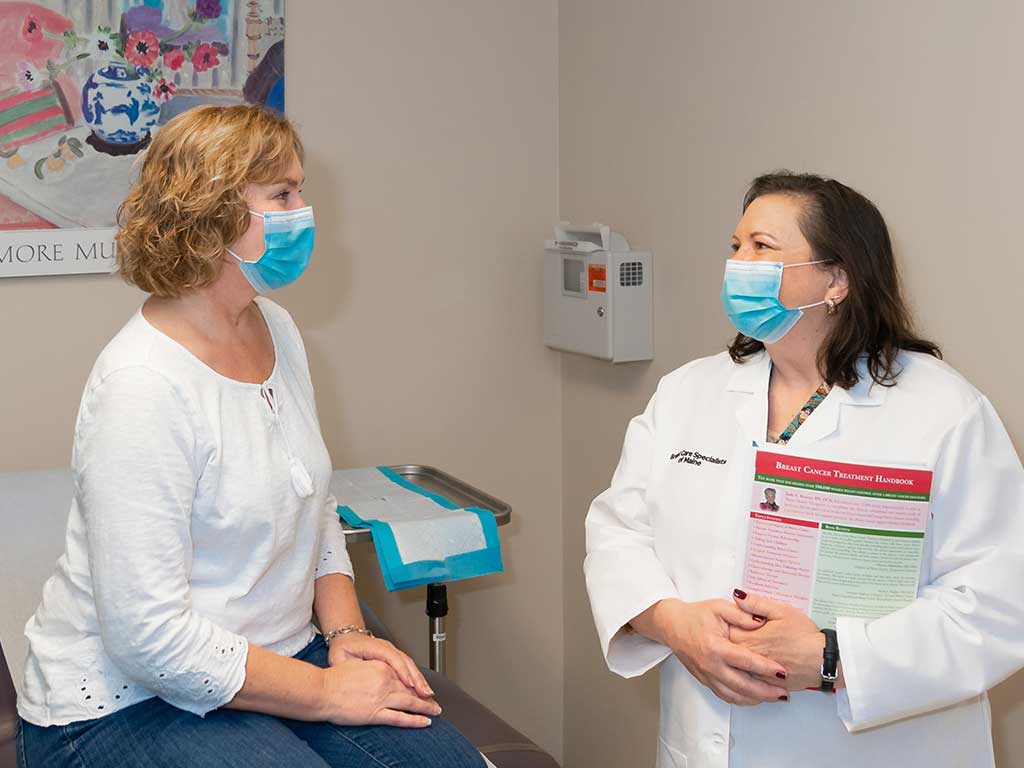By Diane Stoller, MD, FACS
Each October we observe breast cancer awareness month, which serves as a lifesaving annual reminder about the importance of getting your breast cancer screening.

It seems we all know someone who has gone through breast cancer. And that makes sense since it’s the most common cancer among women, with 10 to 12 percent of the female population being diagnosed at some time in their lives.
Fortunately, for many women who are diagnosed, the outcomes are very good. Medical advances and a better understanding of breast cancer and its treatments have made huge strides in the last two decades. For example, many women are now able to avoid chemotherapy since the understanding of who will benefit from this therapy has greatly improved. Tumors are also found at much smaller sizes now due to the use of screening mammograms.
Unfortunately, there are many myths about mammography that circulate and could cause someone to delay or avoid screenings. Let’s take a moment to review those and fact check.
MYTH: Mammograms are harmful due to radiation.
Modern mammography equipment produces high quality images with low doses of radiation. To put it into perspective, we are typically exposed to radiation each year from sources such as natural surroundings. The radiation dose a woman receives with a screening mammogram is about equal to that received over several weeks from natural surroundings or background radiation.
MYTH: Women no longer need mammograms after age 70.
The peak incidence of breast cancer in Maine is between ages 68 to 72. Women should maintain annual mammograms and should consult with their physician about screenings.
MYTH: If you don’t have breast cancer in your family, you are not likely to get it.
Of all breast cancers, only five percent are genetic. Gene mutations are rare but are more frequently tested now, as insurance coverage for testing has improved in recent years. In fact, more than 75 percent of women who have breast cancer have no family history
MYTH: More is better when it comes to cancer surgery.

Women who are candidates for breast preservation have just as good of a survival rate as those who have both breasts removed. The need to remove large numbers of lymph nodes has gone down in the last 20 years. Techniques identifying one or two lymph nodes to test have been developed, sparing many women extensive lymph node surgeries.
My message to women is simple: receiving annual mammograms saves lives.
My practice at Mercy Hospital prioritizes access to care. We see patients who receive an abnormal mammogram or are newly diagnosed with breast cancer within two business days, and we are conveniently located in the same building as our imaging services, which includes 3D mammography.
To learn more about your risk and options for breast cancer screening, I encourage you to give us a call or speak with your primary care provider about your individual screening needs.
We are in this fight together. Knowing what to do and when can save lives.
Content Provided by Northern Light Mercy Hospital
Northern Light Mercy Hospital, a nonprofit community hospital sponsored by the Sisters of Mercy, has been providing care to greater Portland since 1918. Mercy consistently receives an ‘A’ grade by The Leapfrog Group for meeting the highest safety standards in the country. It has also been recognized as a top hospital by Newsweek and U.S. News and World Report.



